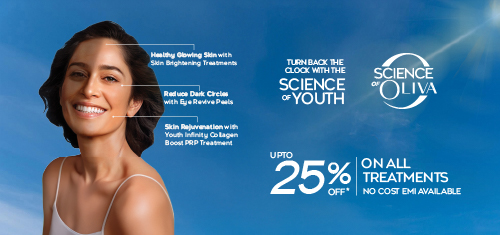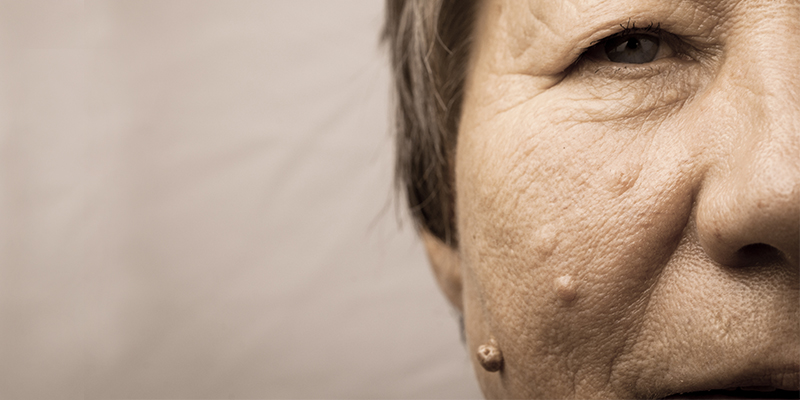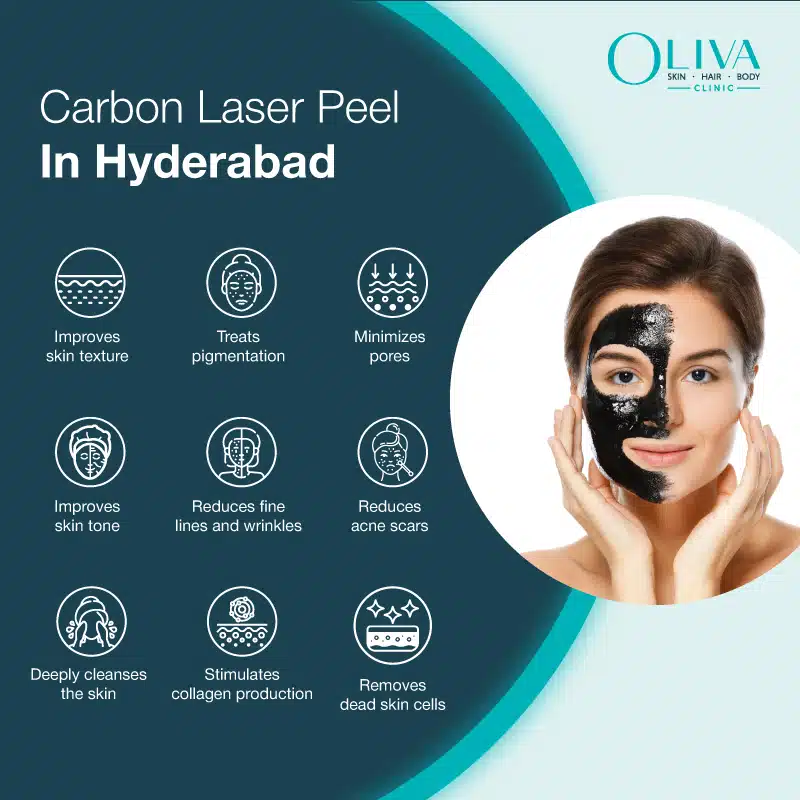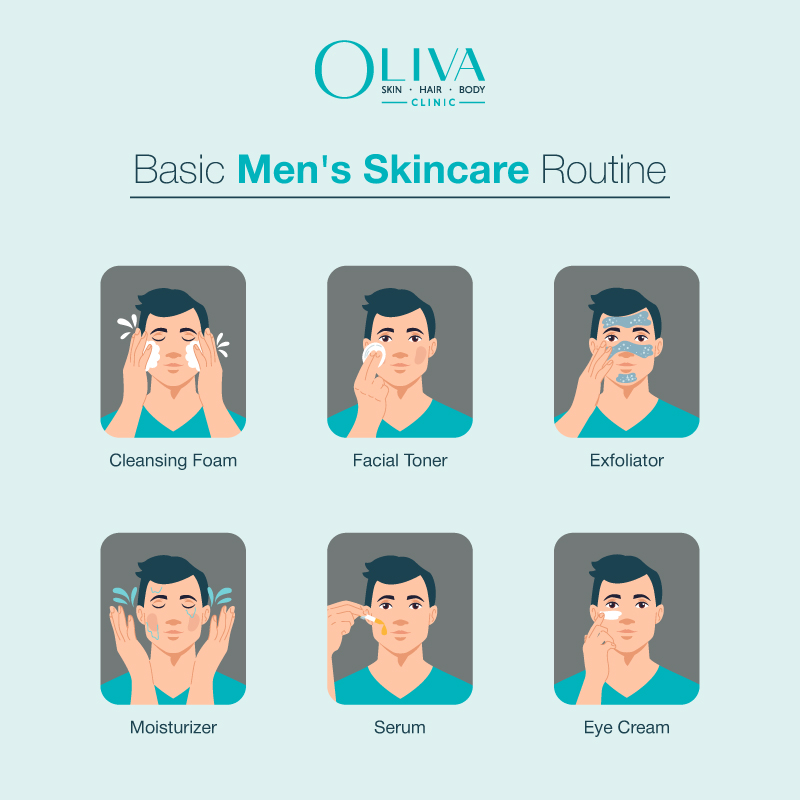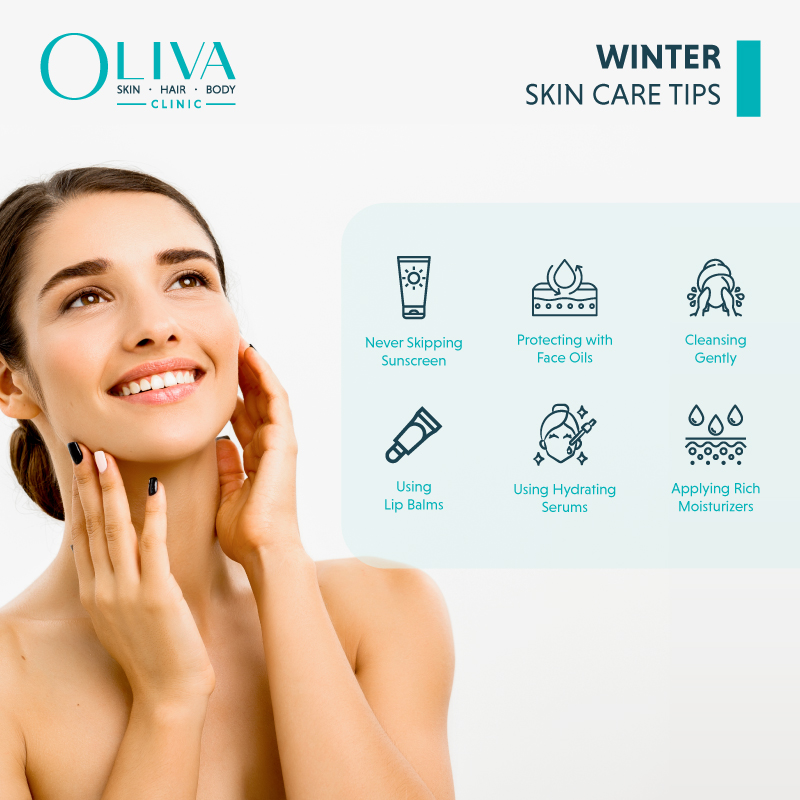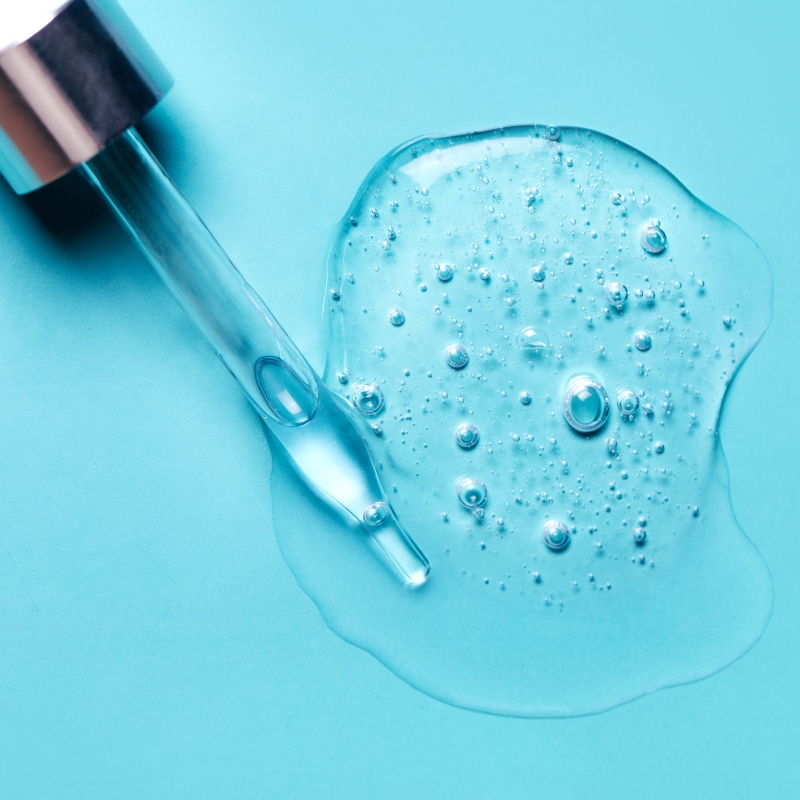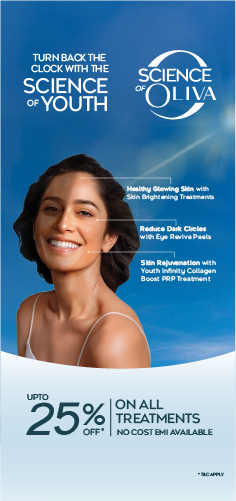In This Article
Tiny Black Dots on Face: Causes, Symptoms & Treatment Options
Tiny black dots on the face are common among people of all ages. While some are genetic, some may develop as we age. It does not matter if you have small dark spots on the face, black small spots on the face, or even tiny black dots on the nose; it is important to find out the underlying cause so you can get the best treatment for clear and healthy skin. Read till the end to find the causes of tiny black dots on the face, the symptoms of small dark spots on the face, how to identify them, the treatments, and the most commonly asked questions about tiny dark spots on the face.
In This Article
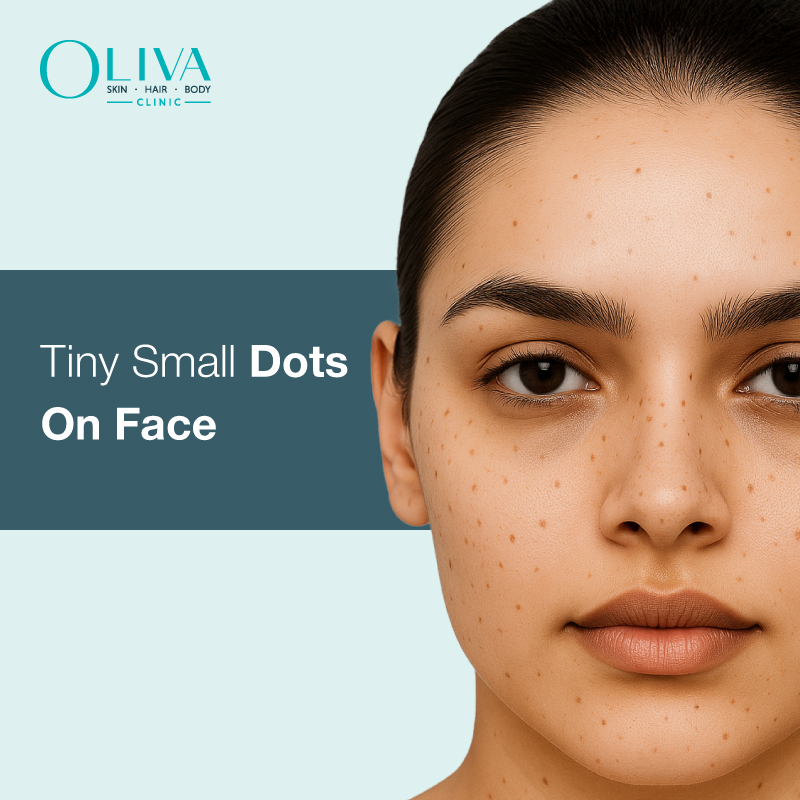
What Are The Causes Of Tiny Black Dots On Face?
Understanding the cause of tiny black dots on the face can help find the best treatment at the right time. Here are the causes:
- Blackheads: Oil, dead skin cells, and other build-up can clog the hair follicles, which appear as tiny black dots, especially on the nose and forehead areas.
- Sebaceous Filaments: People often mistake these for blackheads, but these are natural threadlike structures present inside your pores. They help move sebum from sebaceous glands to the skin’s surface. When the skin produces excess oil, they become more prominent.
- Post-Inflammatory Hyperpigmentation: Small black spots appear when skin trauma like acne, burns, or others.
- Dermatosis Papulosa Nigra: You will notice tiny black dots on the face and neck among people with darker skin tones. They are usually genetic, benign, and increase in number as you age. [1]
- Petechiae: These are tiny spots in red, purple, or brown that appear on the skin [2] or mucous membranes when bleeding occurs under the skin due to bleeding under the surface of the skin. Infections, certain medications, physical strain, and blood disorders can cause petechiae.
- Skin Tags: Skin tags are small benign growths common on the face, neck, and eyelids, resembling small black dots. Friction with clothes or the skin due to conditions like obesity is a common cause, but insulin resistance can also aggravate the condition. They are usually painless but can be a cosmetic concern. [3]
- Melasma: Early stages of melasma can appear as tiny dark dots on the face or like freckles on the cheeks, forehead, upper lip, and nose. In most cases, they appear as light to dark brown patches with irregular borders. [4] The condition is the result of melanin overproduction due to hormonal changes during pregnancy, the use of birth control pills, and in some cases genetics.
- Moles: These are common among all people and can appear in various shapes and sizes, including black tiny spots on the face. Congenital factors, hormonal changes, excessive sun exposure, and genetics can be the causes of moles.
Symptoms Of Small Dark Spots On The Face
Here are some visible characteristics of tiny dark spots on your face. Learning about these symptoms will help you seek treatment when necessary:
- Colour Variations: They may appear in a range of colours from light brown to black, and the colours can change over time.
- Flat Or Raised Texture: Some of these tiny dots on the face may be in this skin, like freckles, while some may be raised, like skin tags.
- Symmetry: The benign spots are usually symmetrical, an indication that they are harmless.
- Size Consistency: If you see changes in their size, it is best to consult a doctor.
- Itching Or Irritation: If you experience irritation or itching sensation, it could indicate allergies and may need medical intervention.
Treatment For Small Dark Spots On Face
Medical Treatments:
- Laser Treatments: Effective for melasma, PIH, [5] Dermatosis Papulosa Nigra, and moles, the laser energy targets the pigment and breaks it down. After you finish the recommended number of sessions, you will notice even-toned skin.
- Chemical Peels: This is effective for PIH, melasma, [6] and blackheads and works by removing the top layer of the skin. It also helps unclog pores.
- Electrocautery: It works best for growths like skin tags where dermatologists use a probe to pass an electric current to shed off the mole. It is precise and does not damage the surrounding tissue.
- Cryotherapy: The treatment uses liquid nitrogen to damage the skin cells of the dark spots and works for skin tags and Dermatosis Papulosa Nigra.
Topical Treatments
- Retinoids: This topical treatment works on blackheads, PIH and sebaceous filaments by unclogging the pores.
- Hydroquinone: It helps to lighten tiny black dots by reducing melanin production, especially for PIH and melasma.
- Azelaic Acid: Reduces pigmentation and black dots that result from melasma or skin trauma like acne.
- Vitamin C Serum: It brightens your overall skin while fading dark spots.
- Niacinamide: Works to reduce sebaceous filaments and PIH by regulating oil production, thus reducing the appearance of tiny black dots.
- Alpha Hydroxy Acids: These are chemical exfoliants, which remove dead cells from the topmost layer of the skin, along with tiny black dots.
Home Remedies:
- Aloe Vera: It has soothing properties along with the ability to lighten dark spots when used consistently over a period of time.
- Honey And Lemon Face Masks: This helps reduce mildly dark dots on the face and uneven skin tone. They naturally exfoliate and brighten the skin.
- Clay Masks: They help manage oil production by absorbing excess oil, clearing pores to help with blackheads and sebaceous filaments.
How To Identify Small Dark Spots On Different Body Parts?
- Tiny Black Dots On Nose And Forehead: These are usually blackheads or sebaceous filaments.
- Small Dark Spots On Face And Neck: Melasma, PIH, warts, and moles can be the small dark spots on the face and neck.
- Black Small Spots On Hands And Arms: These are usually sun spots or age spots and may occur due to sun exposure.
- Tiny Dark Spots On The Chest And Shoulders: These are the result of acne and sun exposure and can be classified as sun spots or PIH.
- Small Brown Spots On The Back: Sun exposure can result in small brown spots on the back.
- Black Itchy Patch On Legs: These patches can be due to eczema, psoriasis, or other fungal infections.
How To Prevent Black Small Spots On The Face?
If the tiny black dots on your face are genetic and you want to lighten or get rid of them, it is best to consult a dermatologist. They will study your skin and the small black dots and give you the best treatment.
Here are some ways to prevent the appearance of tiny black dots that are not genetic:
- Use sun protection at all times. Apply a broad-spectrum SPF 50 every day, even when you are indoors and on cloudy days. Make sure you wear the right clothing to shield yourself from excessive sun exposure. It is best to stay indoors during peak sun hours.
- Make sure you have a proper skincare routine that works for your skin type. Cleansing, moisturising, sun protection, and exfoliation are the basic and necessary steps.
- Build a healthy lifestyle. Eat nutritious meals, especially rich in anti-oxidants, include enough physical activity, and prioritise sleep. Stop smoking, as it worsens skin and can contribute to dark spots.
When To See A Dermatologist?
Consult a dermatologist if you notice sudden changes in the size, shape, or colour of the dots on your skin. If they are asymmetric, have irregular borders, are of different shades, or if they are itchy or bleed, then you must book an appointment with a skin specialist immediately.
Takeaway
Knowing the cause and type of your tiny black dots on your face or small black dots on the forehead and nose is essential to get the right treatment. Getting the suitable skincare routine is essential. A dermatologist can assess if they are harmful or benign and give you a personalised treatment and precautions to prevent them.
Frequently Asked Questions
Yes, proper skin care and medical treatments can fade away small black dots unless they are genetic.
Yes, Aloe Vera can fade dark spots but you need to use it consistently for a long time.
Sudden appearance of black dots on the skin may be due to clogged pores, allergic reactions or petechiae when there is bleeding under the surface of the skin.
The best treatment depends on the type of tiny black dots on the face. Consult a dermatologist who can assess them.
Removing brown tiny dark spots quickly can be challenging as it depends their cause and severity. It is best to consult a doctor who can assess them and help you with the best treatment.
Most people notice small dark spots on the face, neck, hands and back.
For most people, they will reduce in 4-8 weeks, but this varies depending on the type of the dark spots, the area and the cause.
Small tiny dark spots are mostly harmless unless they change shape, in which case it is best to see a dermatologist.
Tiny black dots on the face are often called blackheads. They form when pores get clogged with oil, dead skin cells, and dirt, which then oxidize and turn black when exposed to air.
Black spots on the face happen when the skin makes too much melanin. This can be caused by sun exposure, pimples, or changes in hormones. Using the right skincare and treatments from a dermatologist can help reduce these spots. Starting early gives better and faster results.
In most cases, tiny black spots on the face are harmless and go away over time. With regular skincare and proper treatment, they can be effectively reduced.
They can look the same, but the underlying cause may be different.
Tiny black dots on the face are commonly sebaceous filaments or blackheads. Sebaceous filaments are a natural part of the skin and not harmful, whereas blackheads occur when pores become blocked with oil, dead skin, and debris.
If you notice tiny black dots appear on the skin suddenly, there could be an underlying cause. Checking with a dermatologist can help.
You may notice slight discolouration, change in your skin texture, or clogged pores before tiny black dots appear on the face.
Laser treatments are among the best in removing tiny dark spots.

